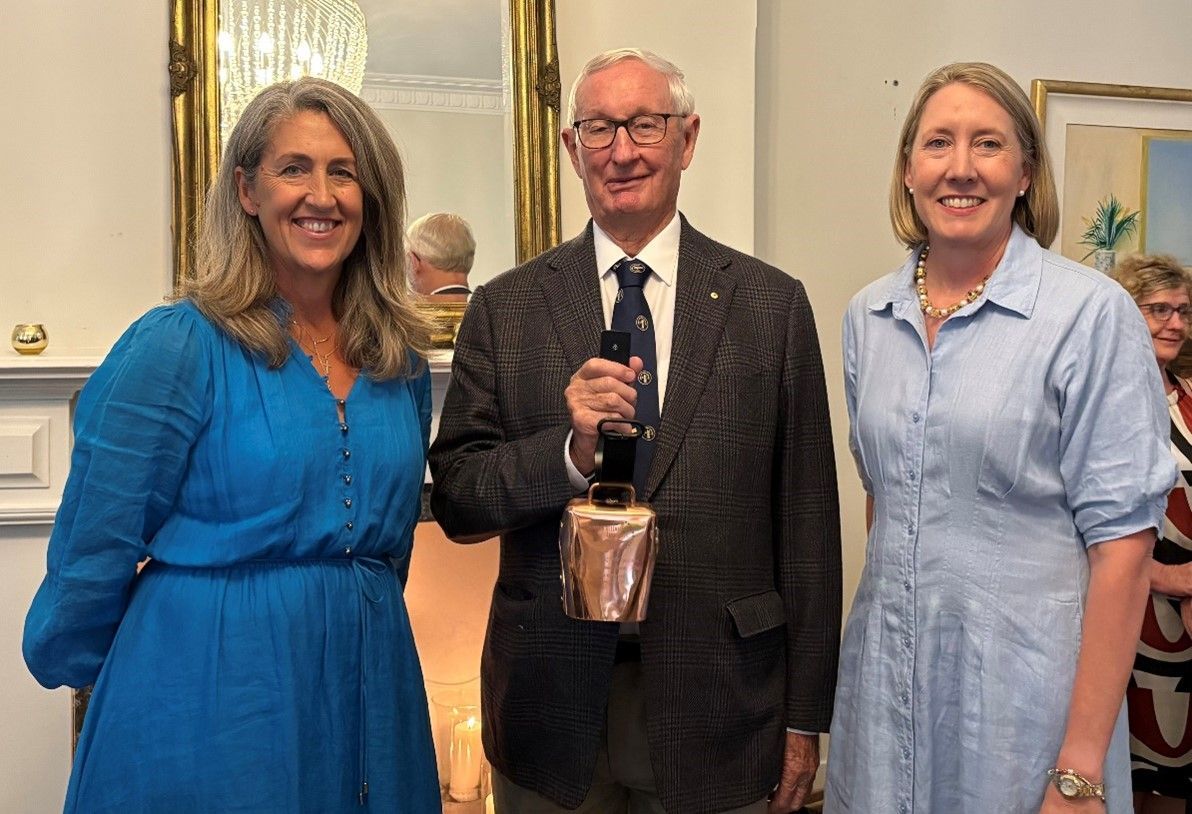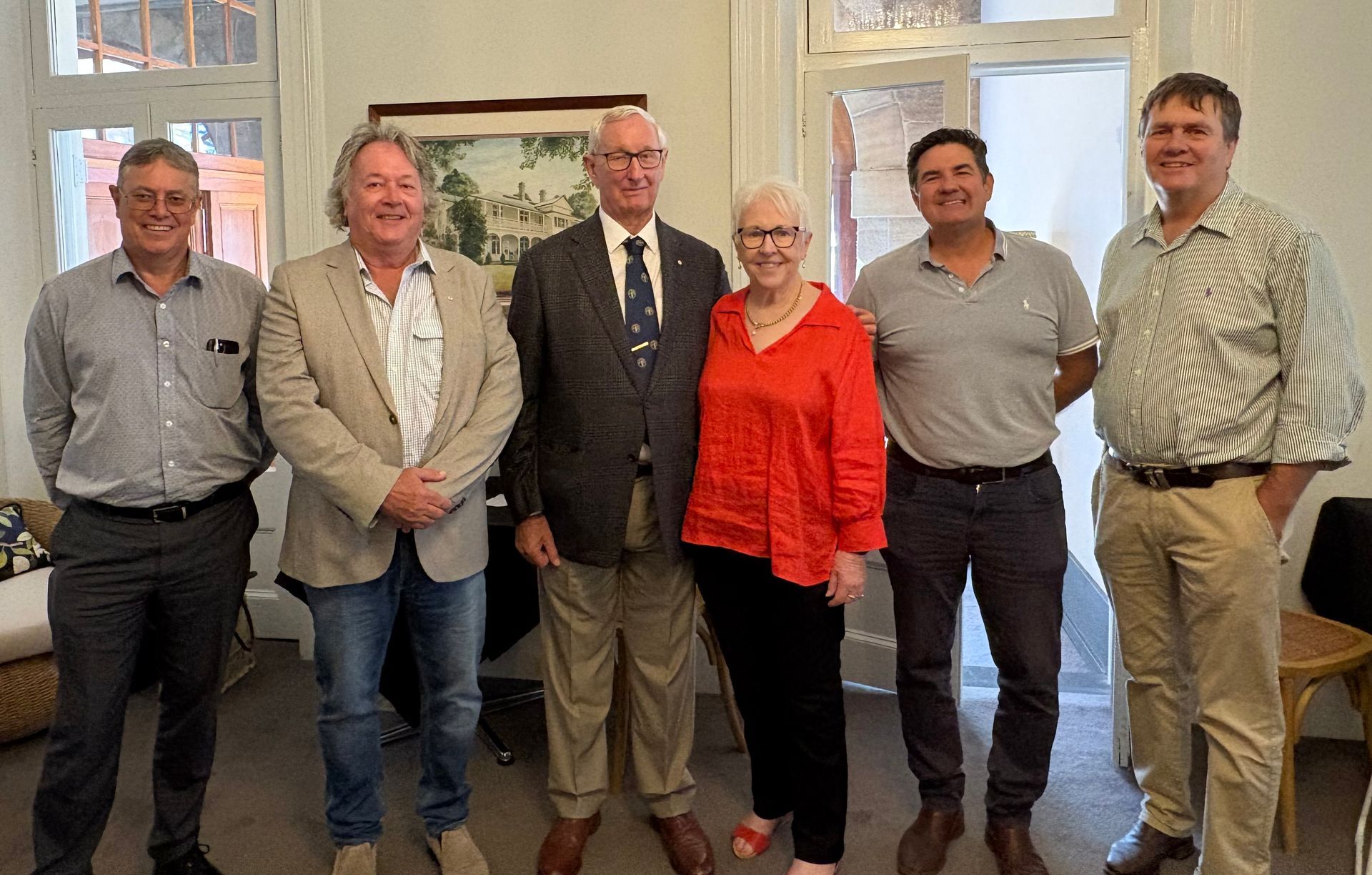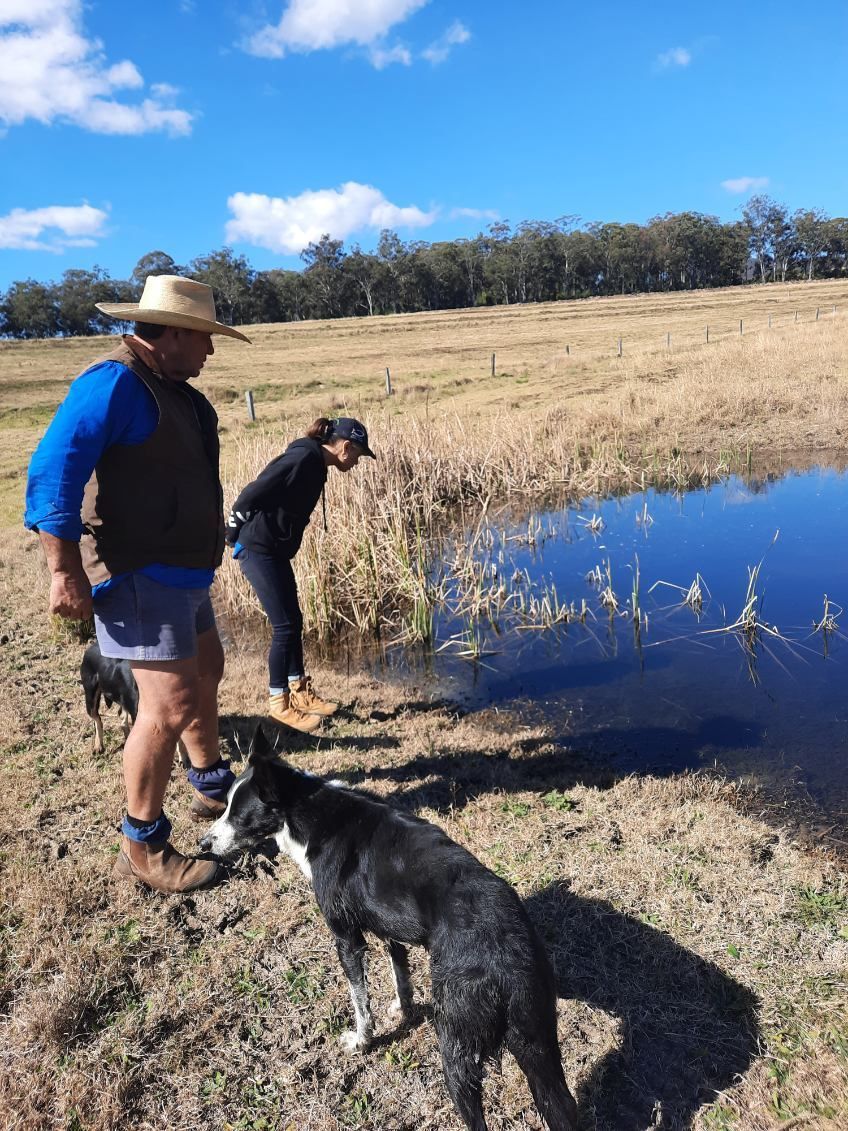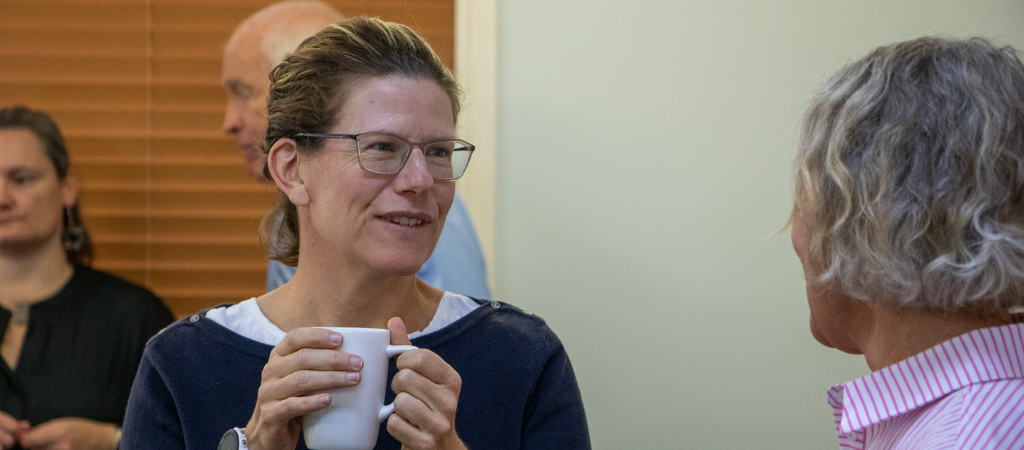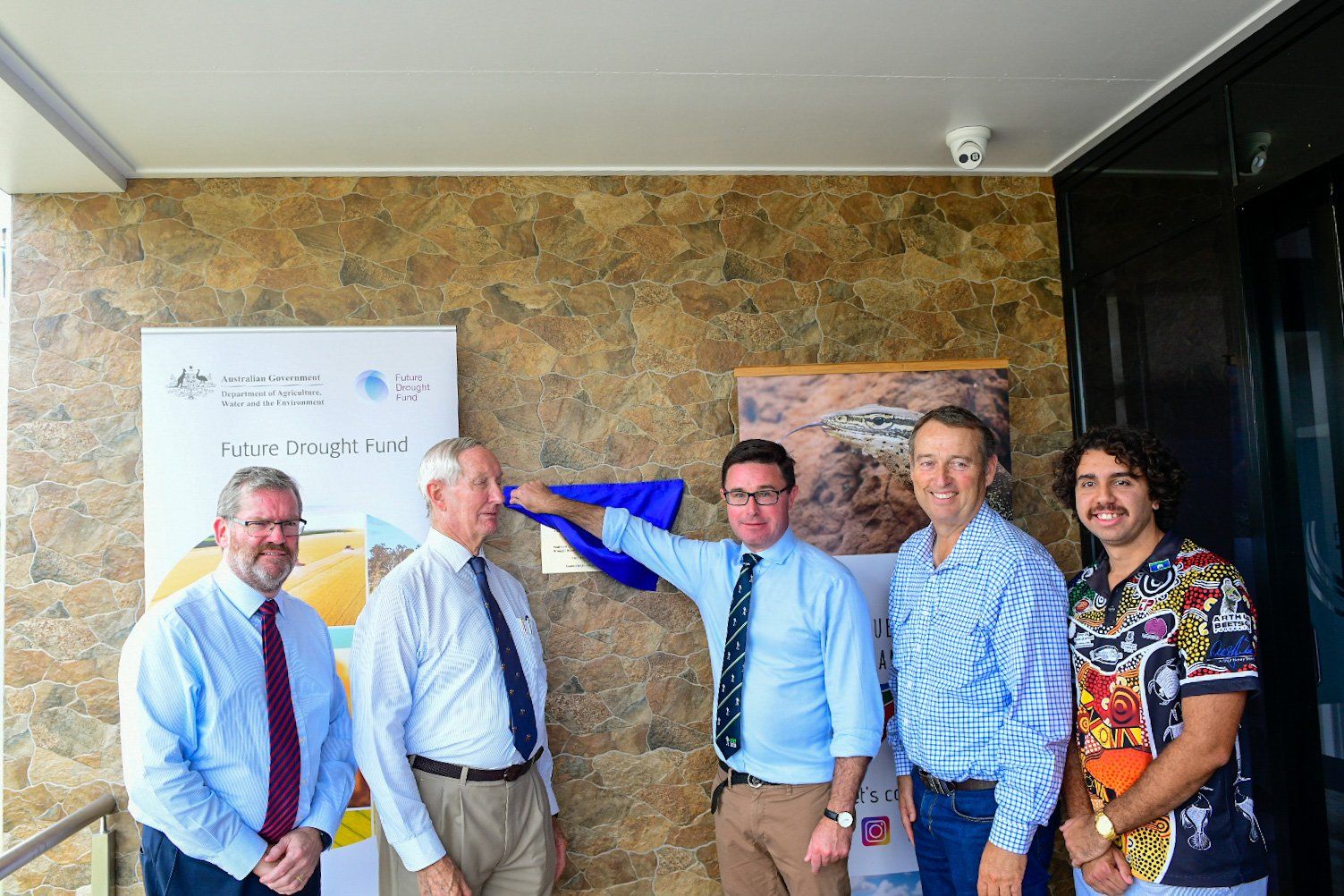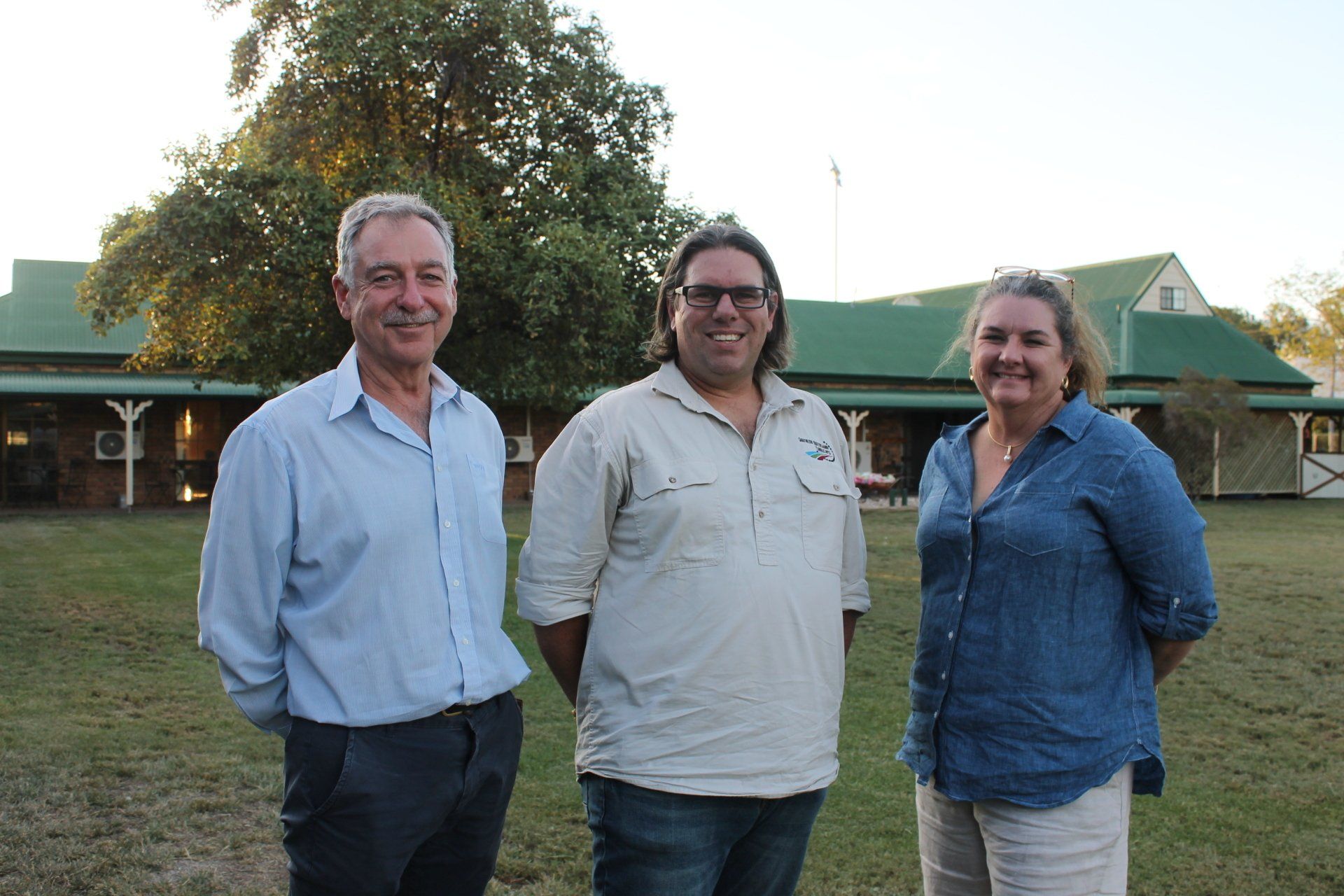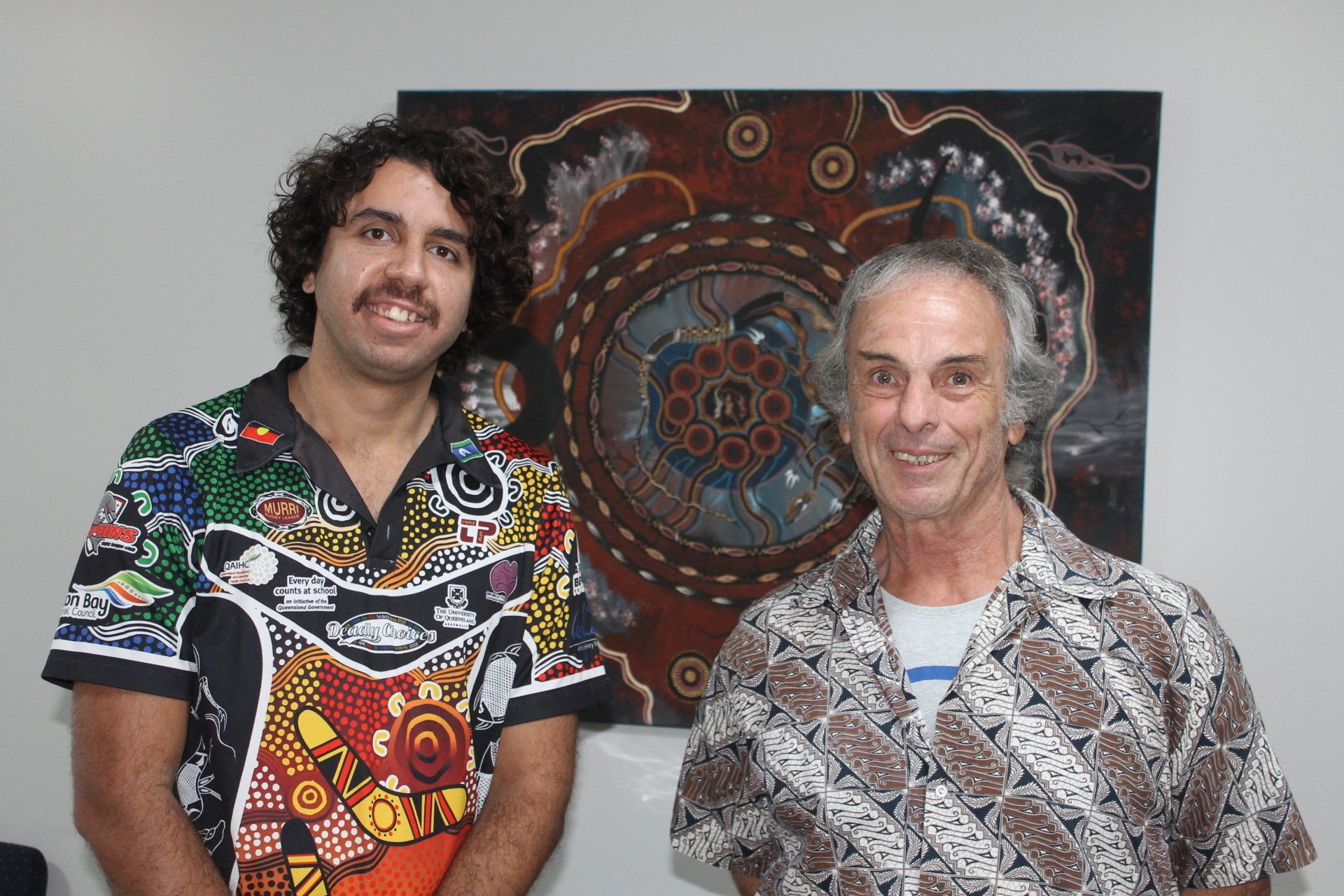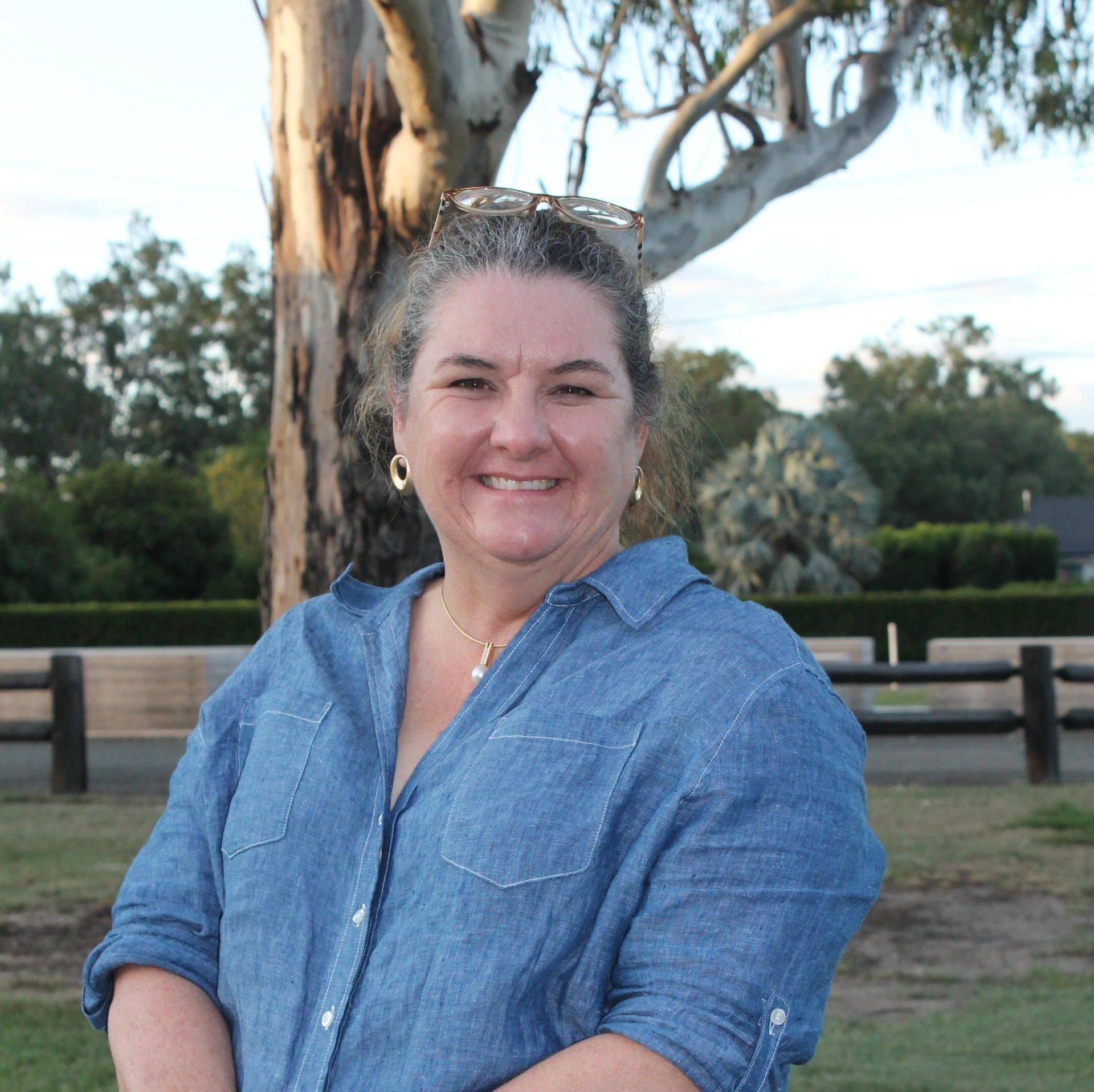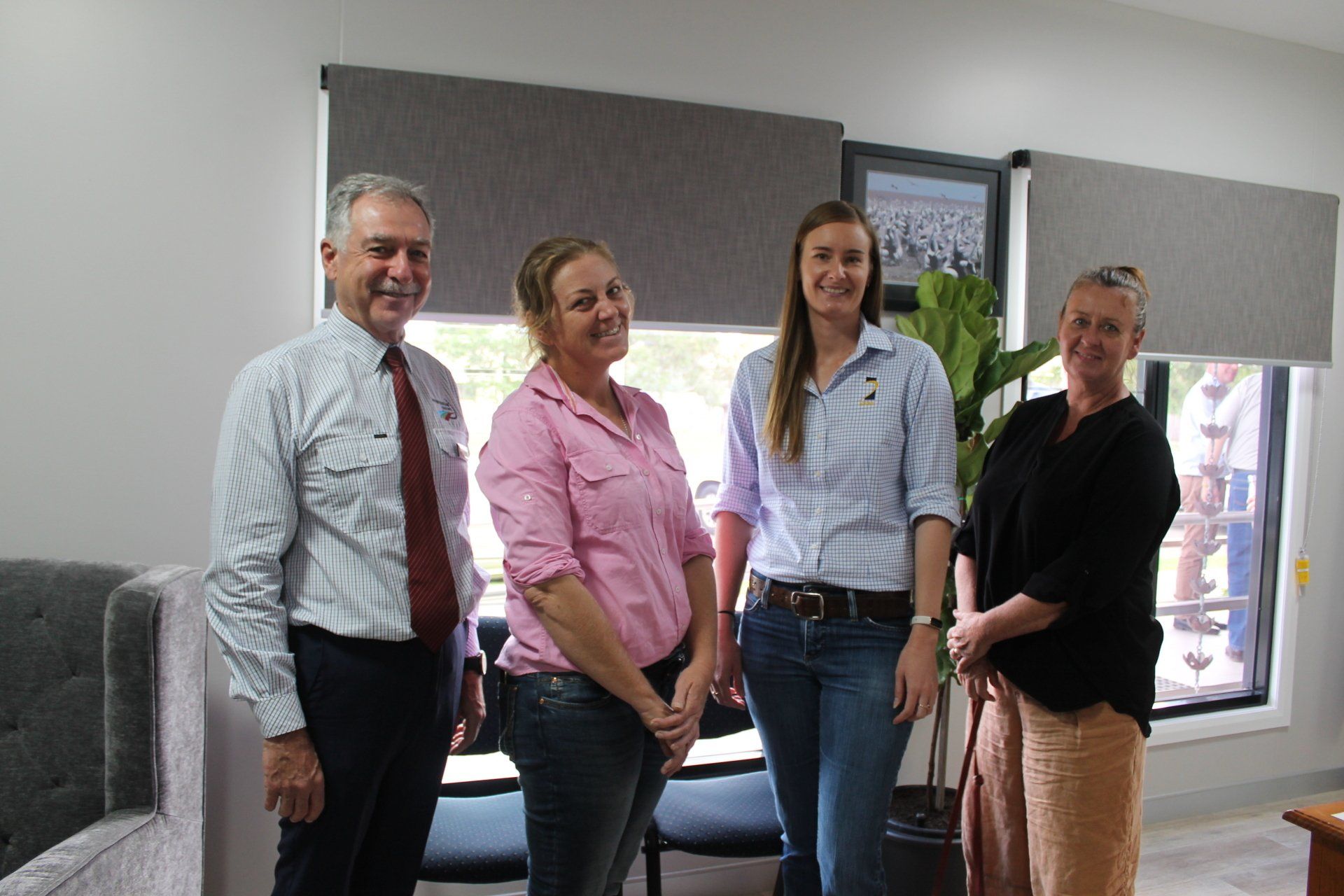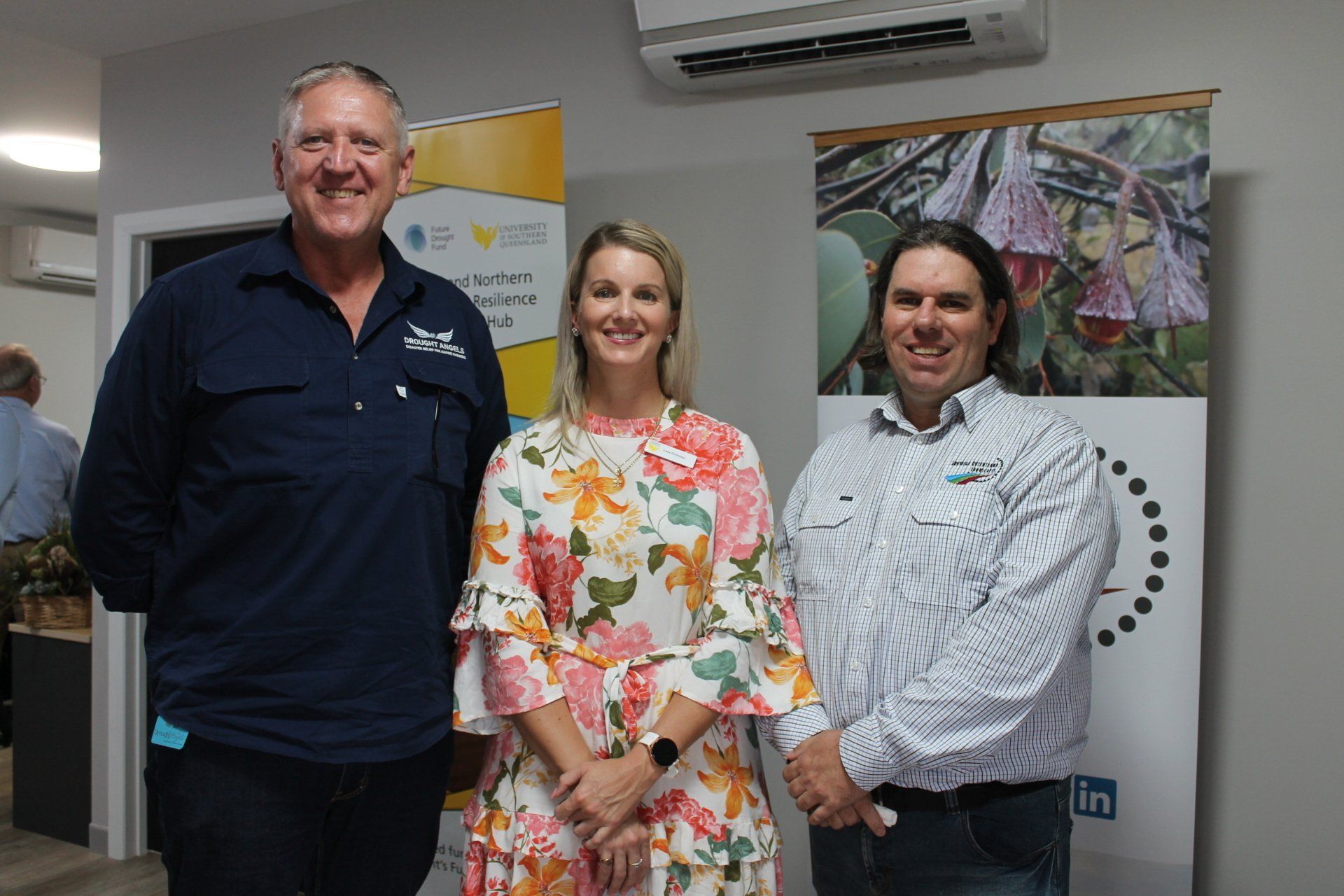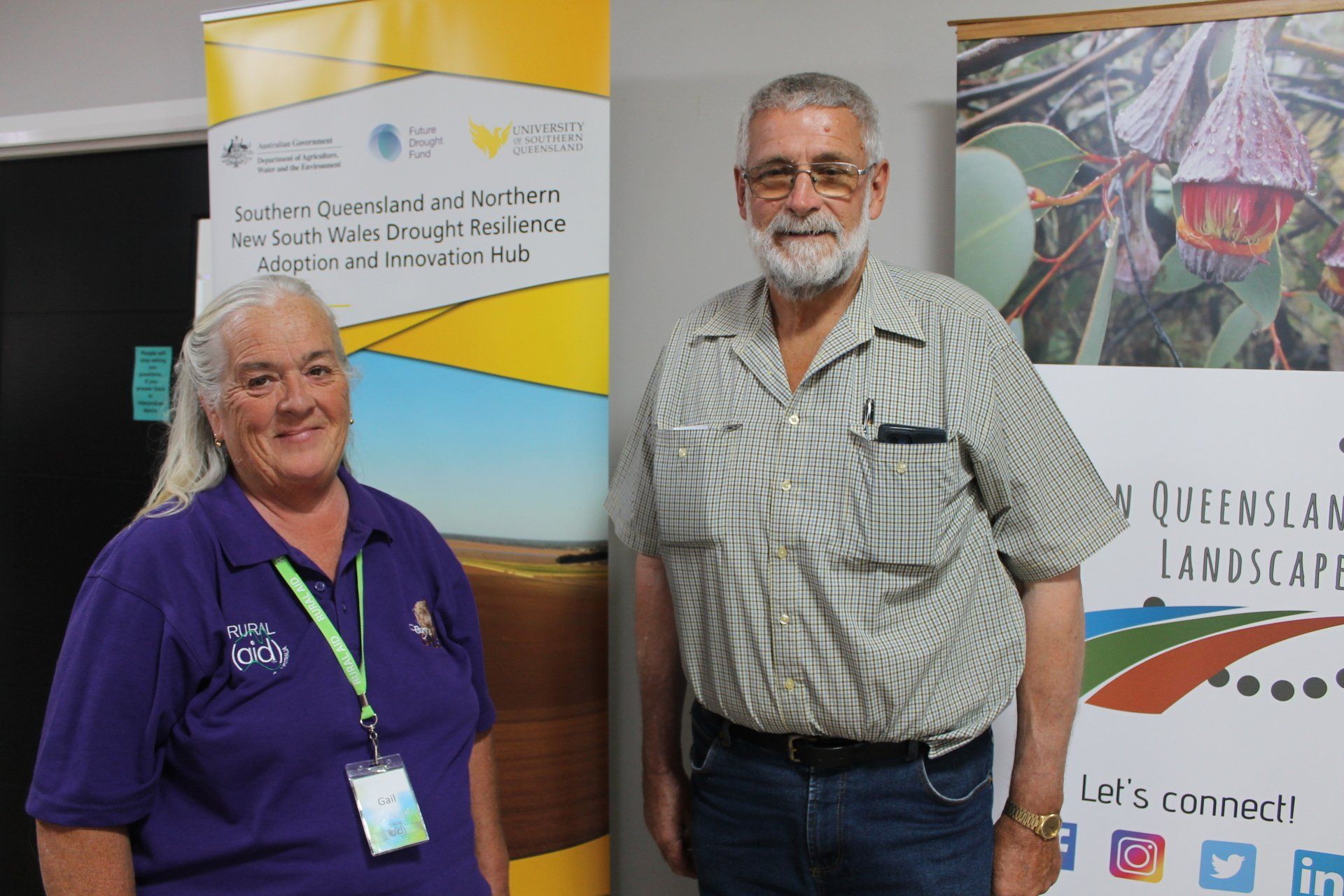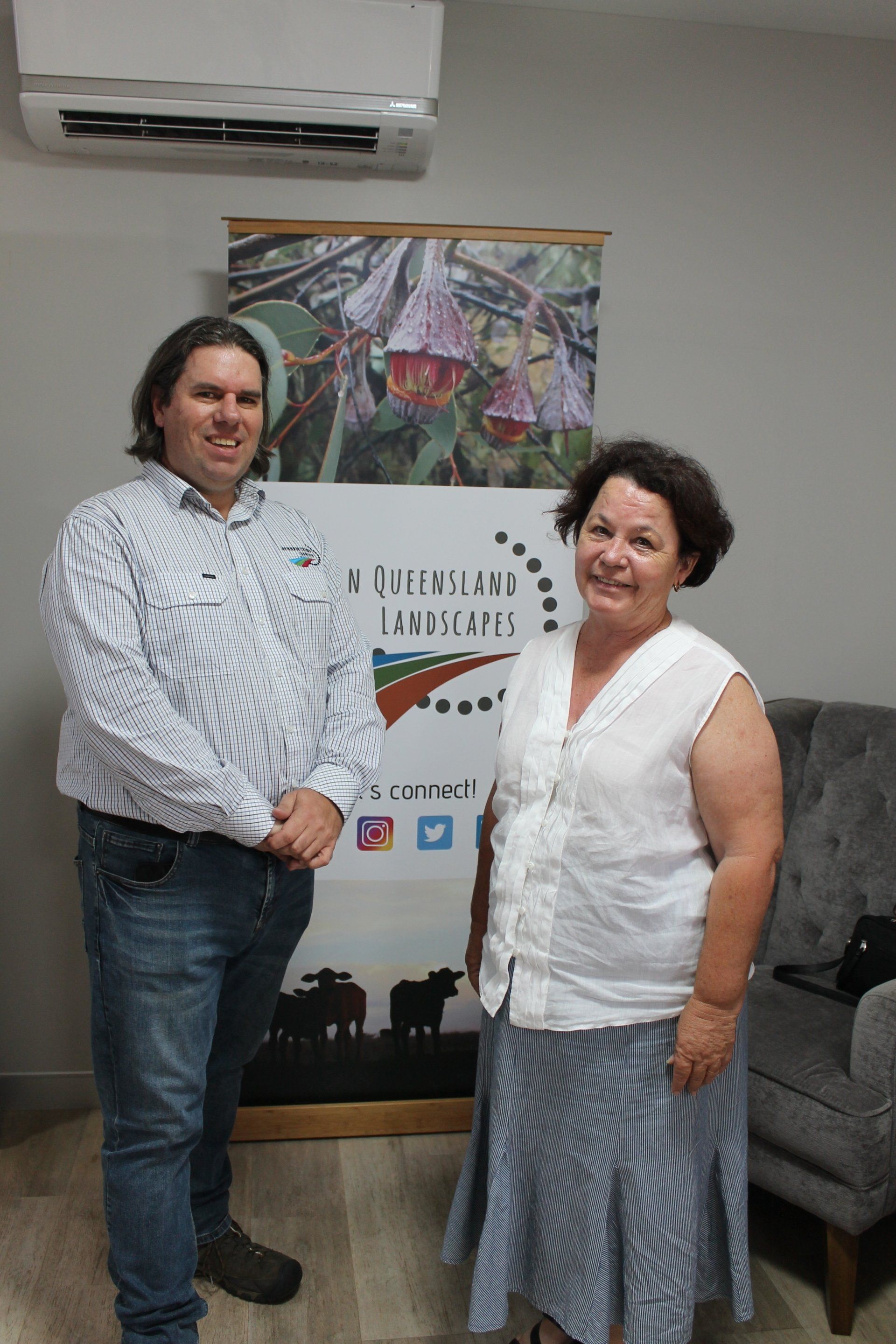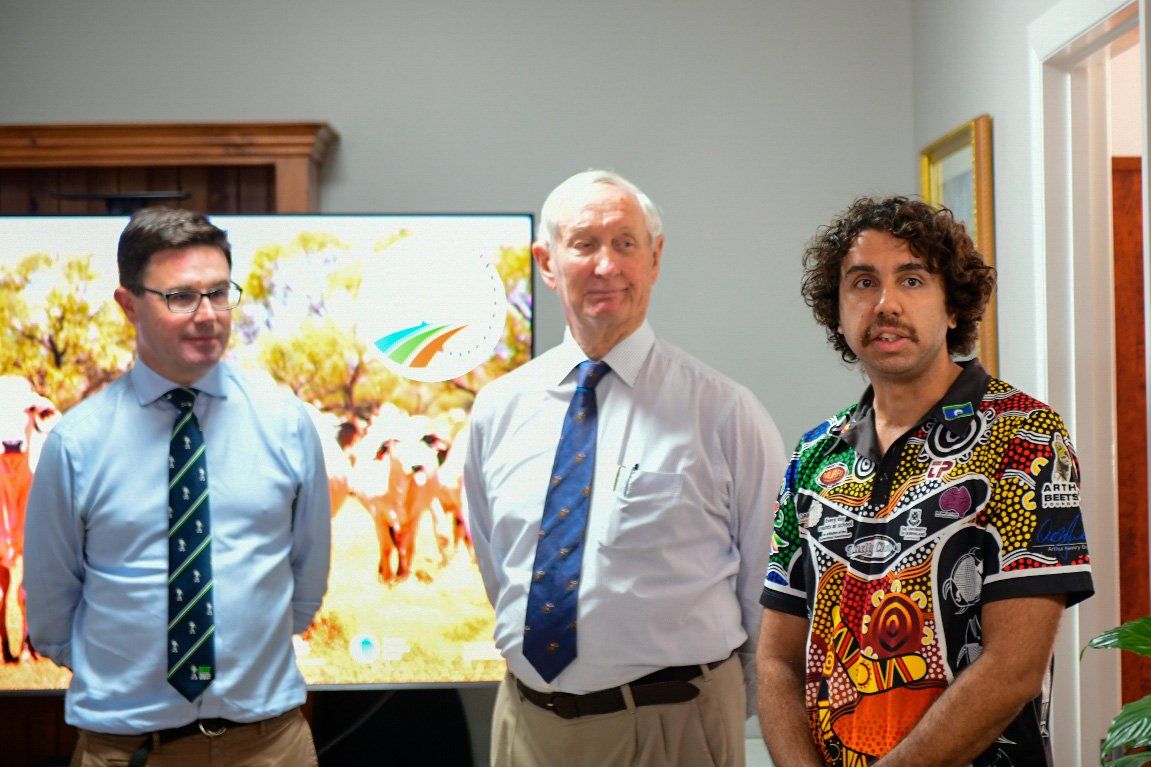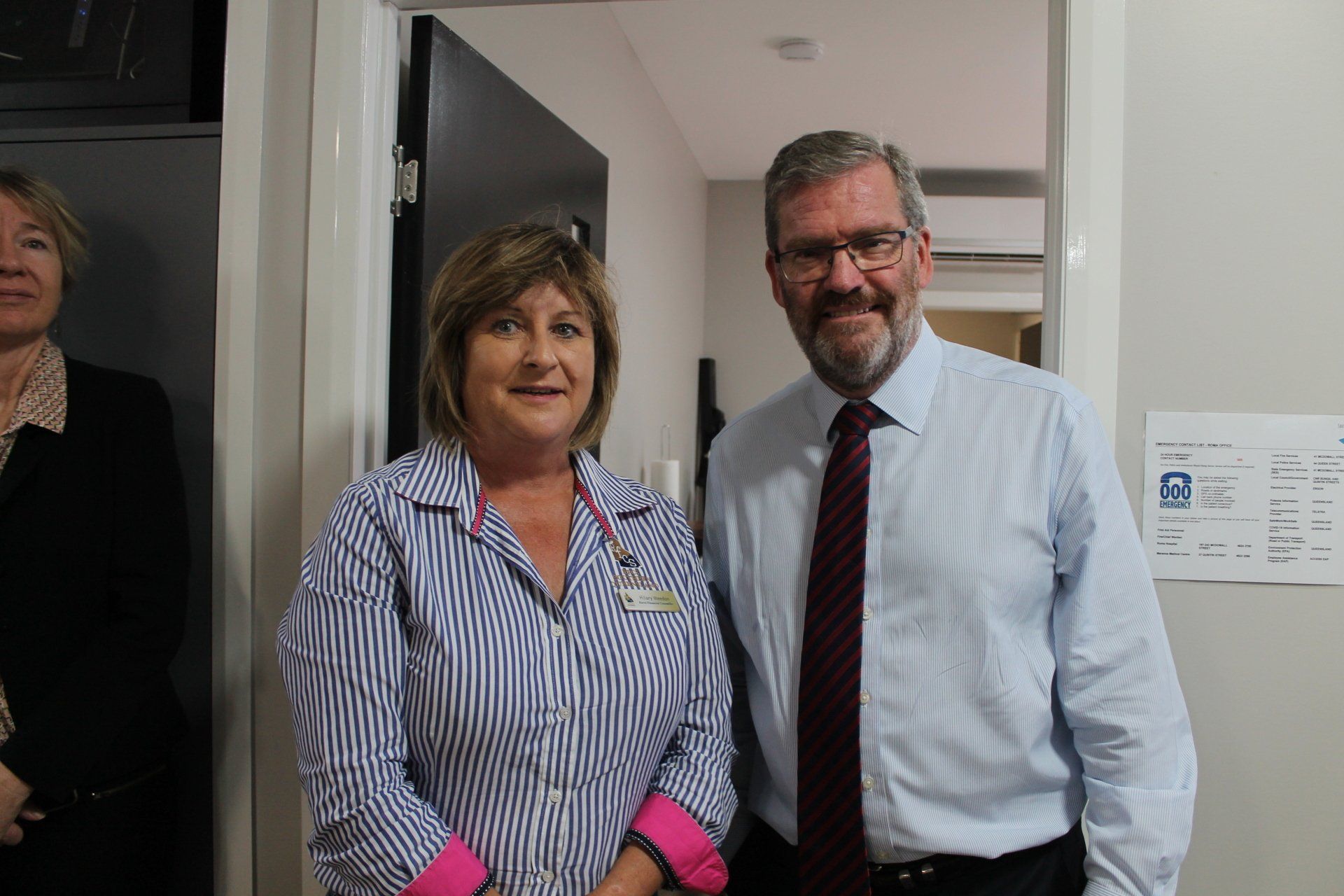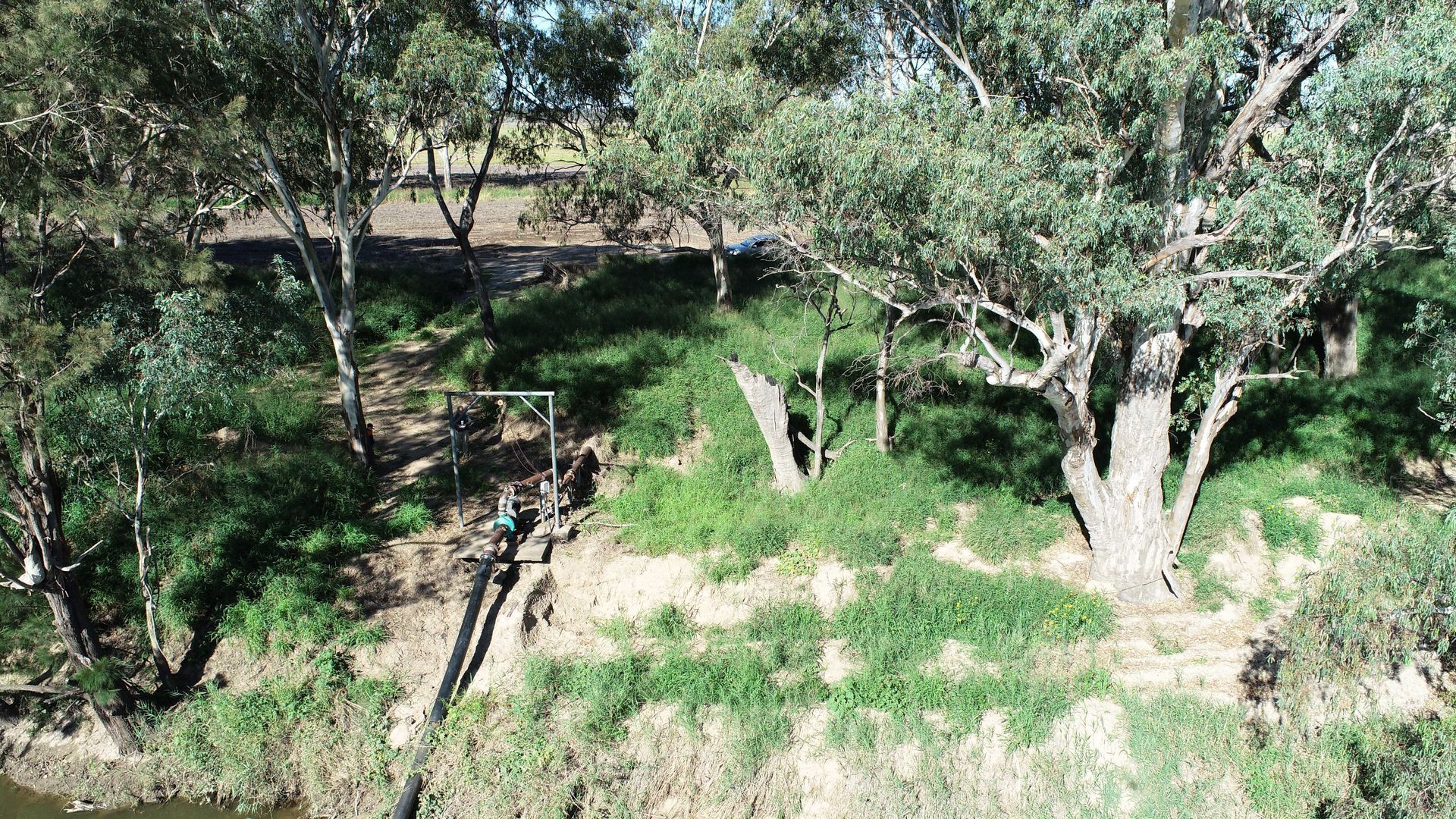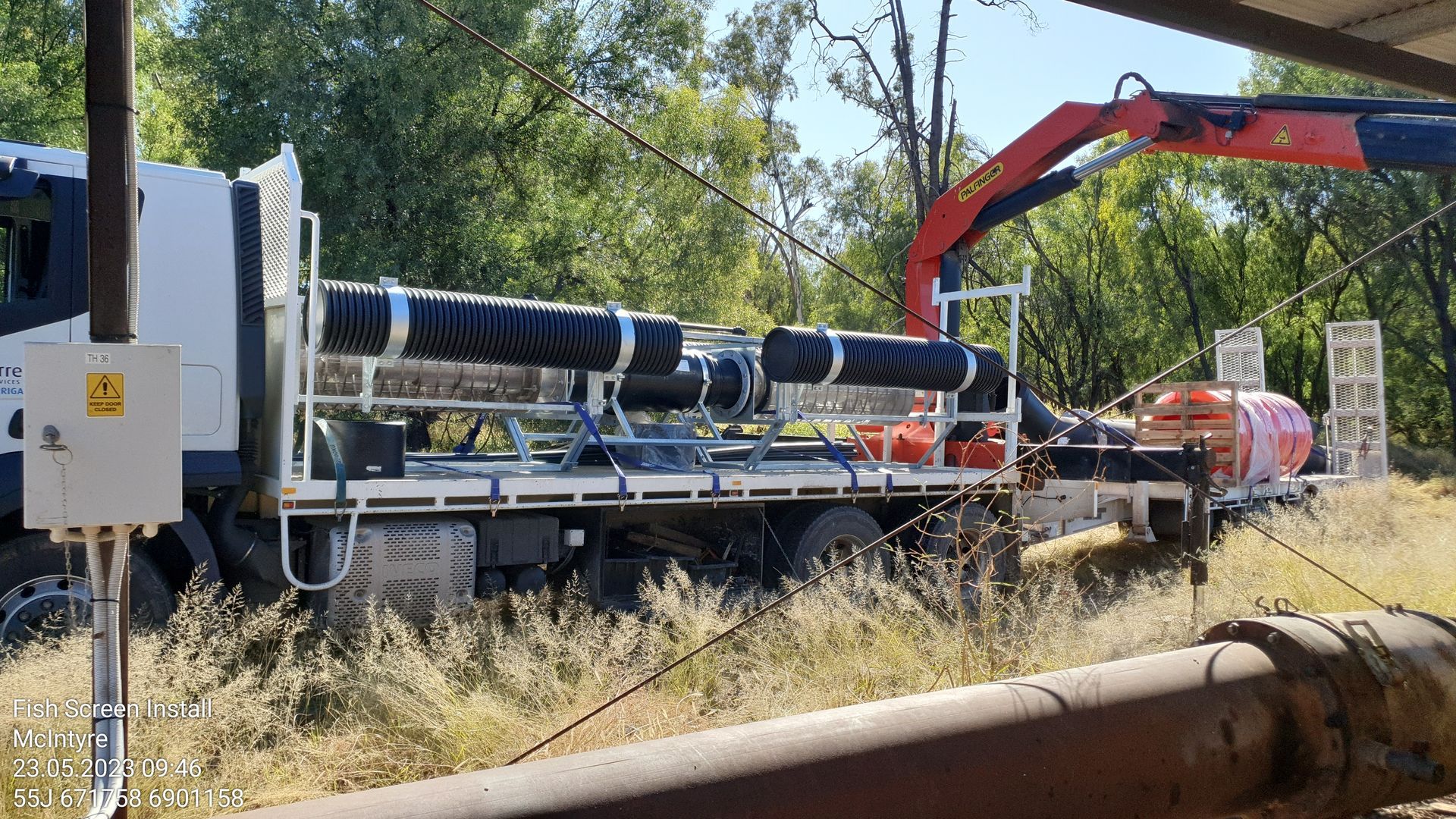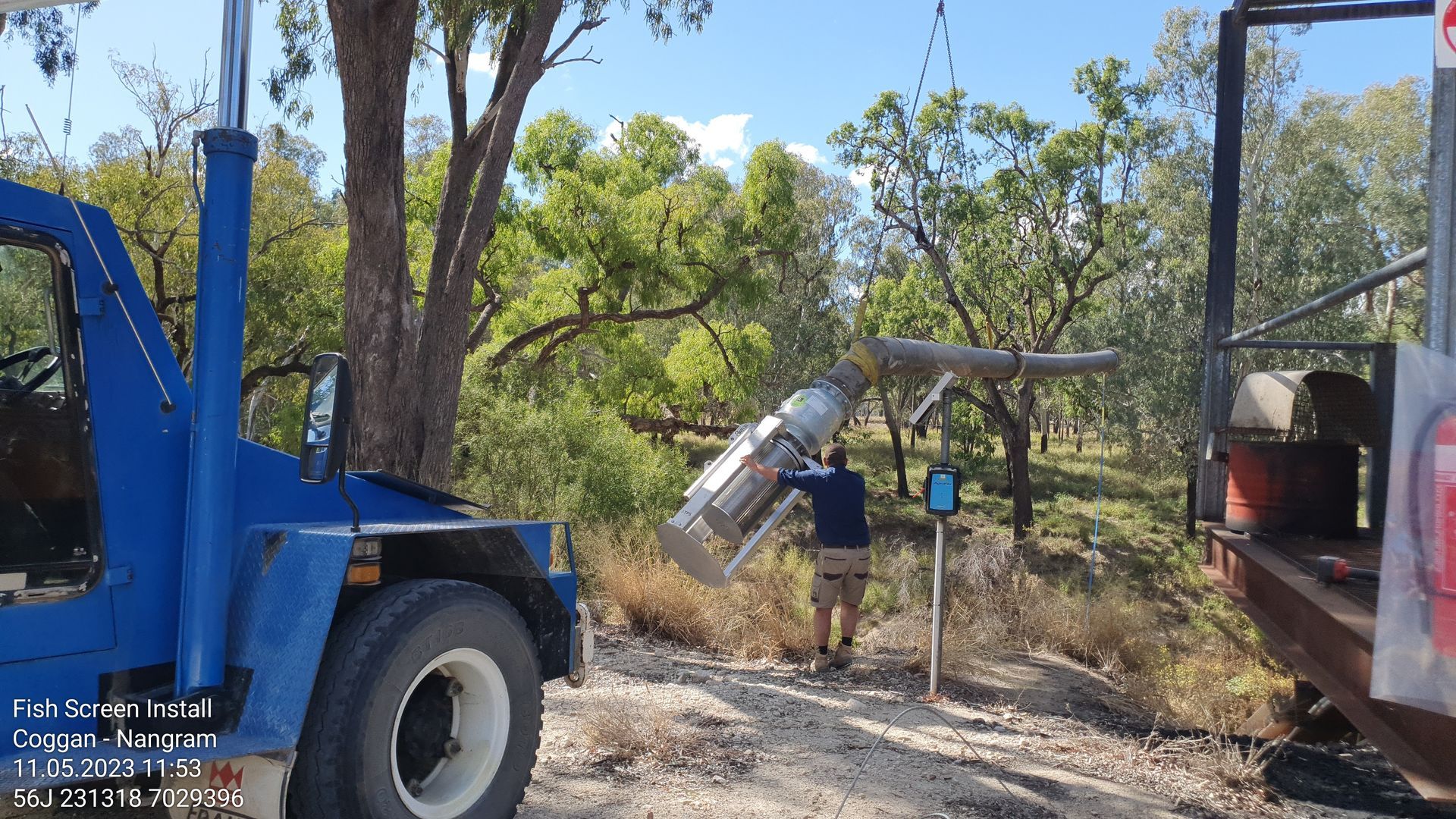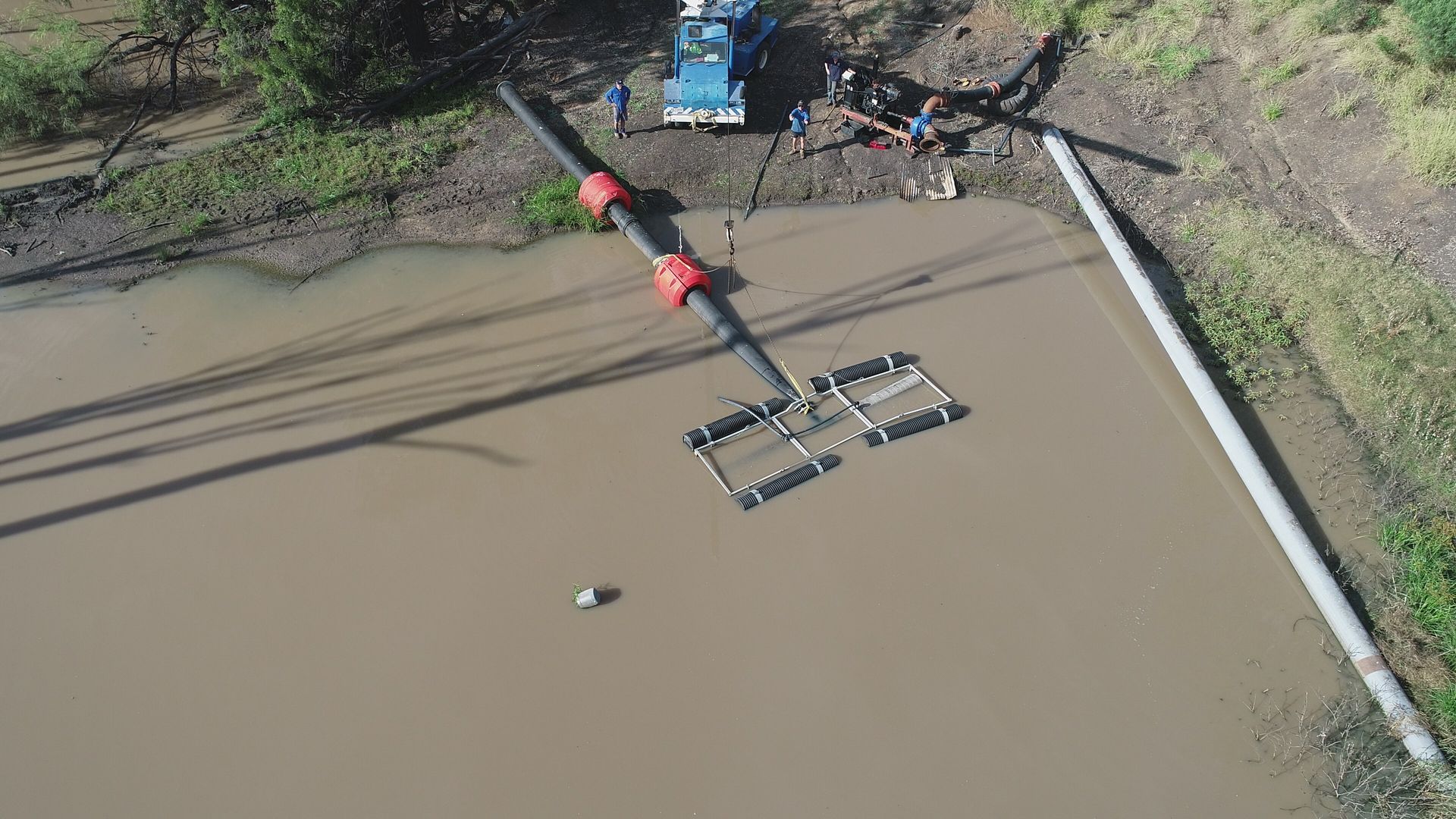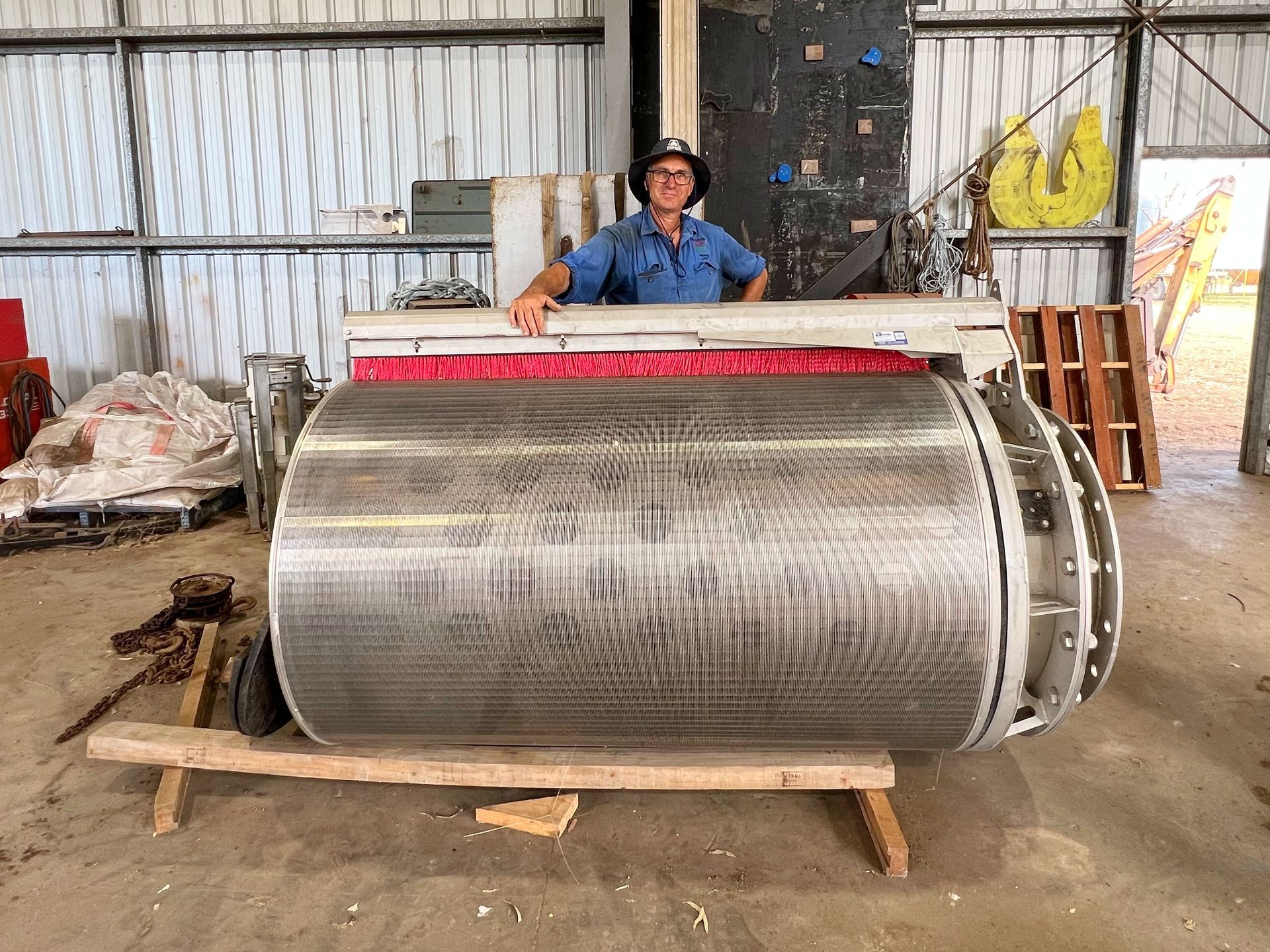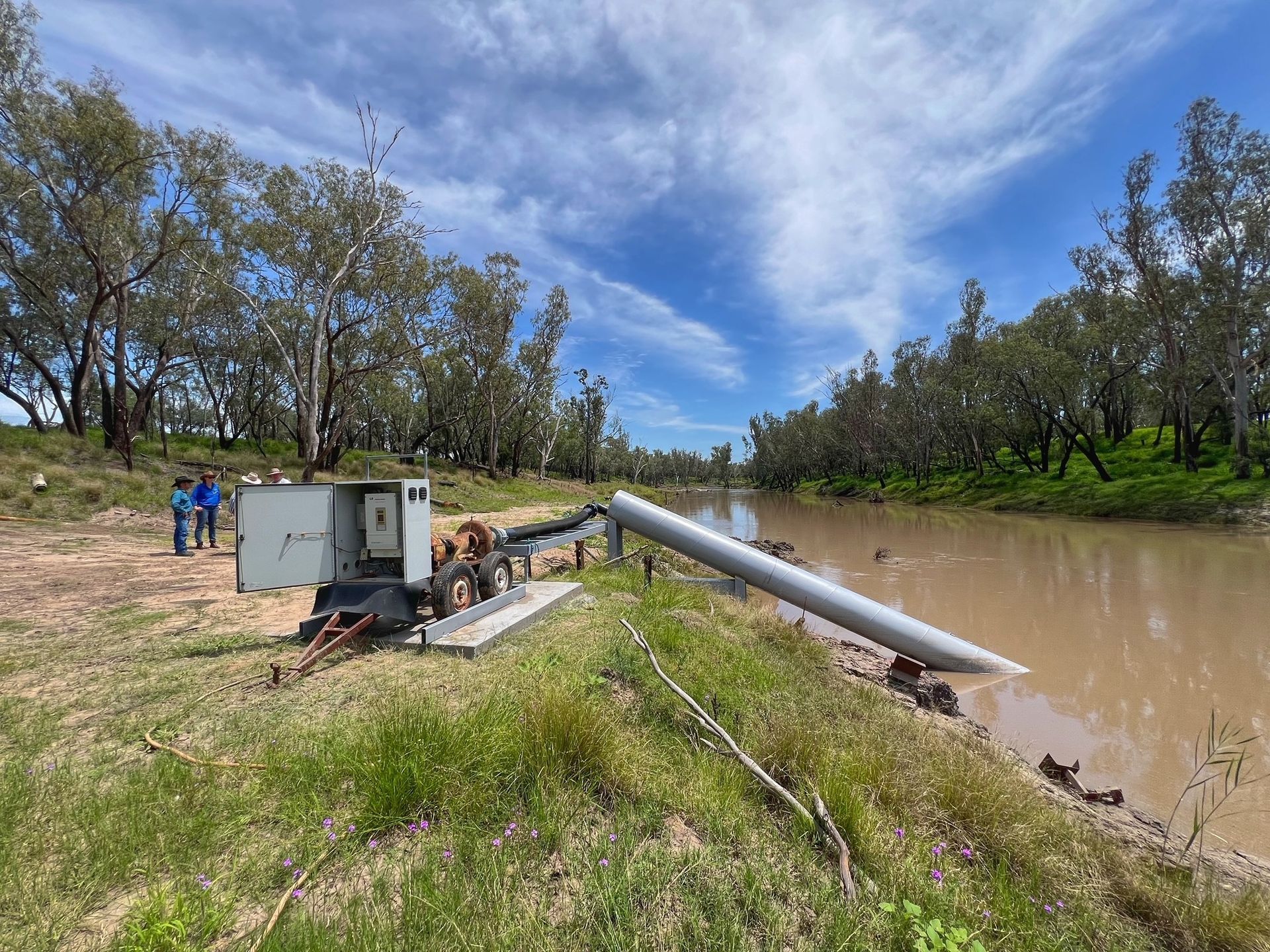Thriving industries and communities is the goal of a new drought resilience-focused shopfront in Roma, launched today (8 March) by Federal Agriculture Minister David Littleproud.
Southern Queensland and Northern New South Wales Drought Resilience Adoption and Innovation Hub Director Professor John McVeigh said the new Roma Node would help ensure proven drought-resilience research was applied “on the ground”.
“The SQNNSW Hub, is one of eight nationally funded by the Australian Government’s Future Drought Fund,” Professor McVeigh said.
“The Hubs are about considering drought as not just a rainfall issue, but rather taking a holistic approach to landscape management, to supporting business and innovation, and the wellbeing of communities and people,” Professor McVeigh said.
Natural Resource Management Group, Southern Queensland Landscapes will be hosting the new Roma Node shopfront on behalf of the SQNNSW Hub.
Chief Executive Officer Paul McDonald said SQ Landscapes was pleased to collaborate with USQ and the Australian Government to deliver meaningful services to the community.
“The Roma Node will be a place that locals can come to and seek advice and assistance in their work to drive healthy sustainable landscapes, businesses and ultimately communities,” Paul McDonald said.
“With extensive experience in the region already and a network of professional knowledge to draw from in the areas of soil conservation, vegetation, water, biodiversity, weeds and pests; SQ Landscapes is ready to help land managers further develop their drought resilience and access funding and services to enable them to maximise opportunities through the Roma Node located at 21 Major Street in Roma,” Mr McDonald said.
“It’s initiatives like this that really make a difference at the grass-roots level and we’re certainly very excited to be part of a program that provides that much needed support and extension work that our land managers have been asking for,” he said.
Professor McVeigh said all of the Hub’s activities would focus on supporting and bringing together those already working on drought resilience, agricultural innovation and wellbeing.
“There are plenty of techniques and research outcomes already, that we have to continue to extend to our communities. My generation has farmed differently to my parents and my grandparents, and so too will the next generation.”
The USQ-led SQNNSW Hub is one of eight national Hubs, a flagship of the multi-billion-dollar Future Drought Fund. The Australian Government is investing $10 million in the University of Southern Queensland-led Hub over four years, with more than $10 million in contributions from Hub Members and Network Partners, including Southern Queensland Landscapes.
The Southern Queensland and Northern New South Wales Drought Resilience Adoption and Innovation Hub has received funding from the Australian Government’s Future Drought Fund. Find out more at usq.edu.au/sqnnswhub.
